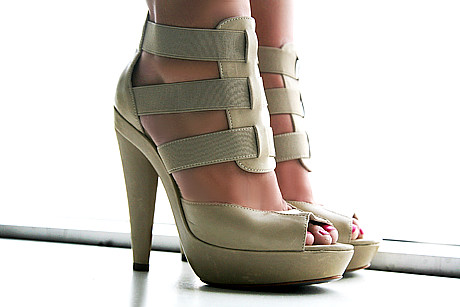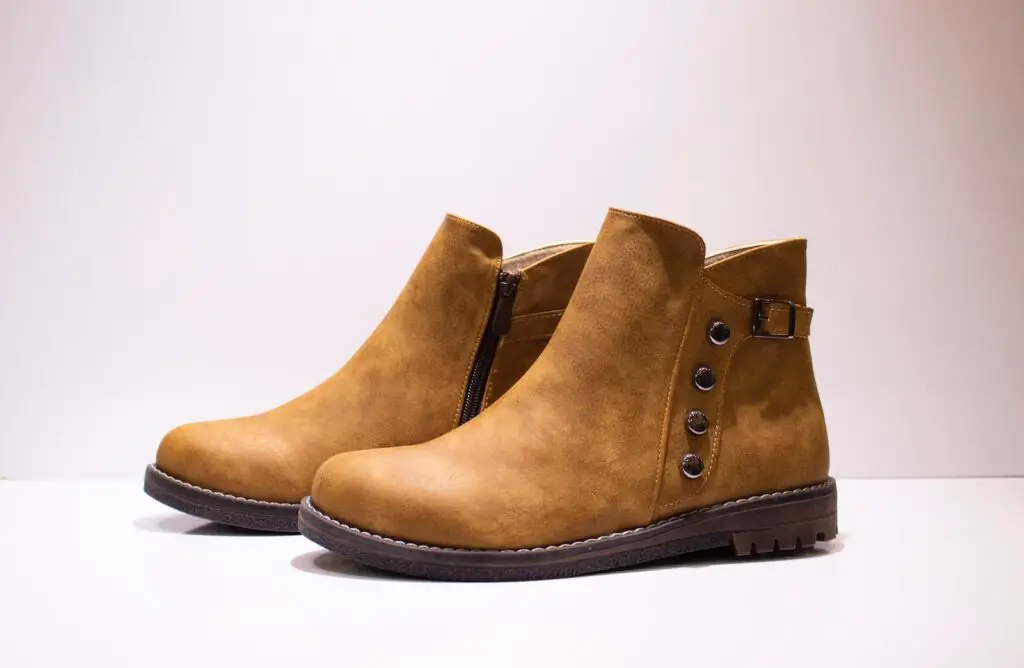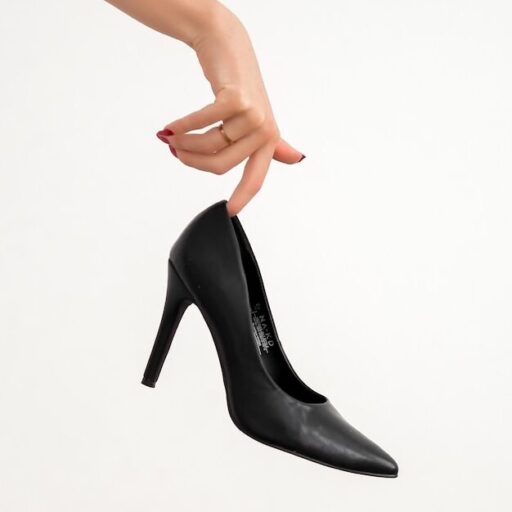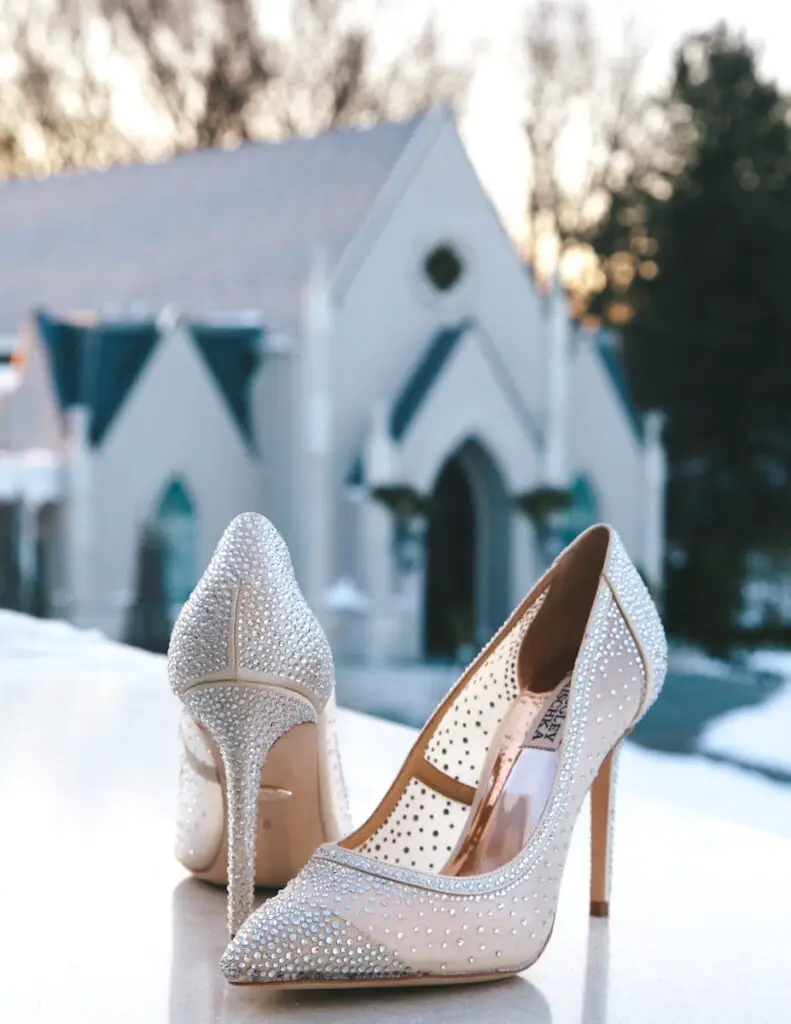Support our educational content for free when you purchase through links on our site. Learn more
Non Athletic Footwear Industry: A Comprehensive Guide [2024]
Did you know that the non athletic footwear industry is not just about sneakers and running shoes? There’s a whole world of stylish and comfortable shoes out there that don’t fall into the athletic category. In this comprehensive guide, we’ll explore the non athletic footwear industry, covering everything from its background and history to the current trends and market leaders. So, if you’re ready to step into the world of non athletic shoes, let’s dive in!
Table of Contents
- Quick Answer
- Quick Tips and Facts
- Background
- Types of Non Athletic Footwear
- Key Players in the Non Athletic Footwear Industry
- Current Trends in the Non Athletic Footwear Industry
- FAQ
- Conclusion
- Recommended Links
- Reference Links
Quick Answer
The non athletic footwear industry encompasses a wide range of shoes that are not designed for sports or athletic activities. From casual sneakers to elegant dress shoes, this industry caters to individuals looking for stylish and comfortable footwear options. Whether you’re attending a formal event or going for a casual stroll, non athletic shoes offer a variety of choices to suit your needs. Check out our selection of non athletic footwear on Amazon and find the perfect pair for any occasion.
Quick Tips and Facts
- Non athletic footwear includes a diverse range of shoe styles, such as loafers, flats, sandals, boots, and more.
- The non athletic footwear industry is driven by fashion trends, comfort, and personal style preferences.
- Non athletic shoes are designed for everyday wear and are suitable for various occasions, from work to social events.
- Quality materials and craftsmanship are essential factors to consider when purchasing non athletic footwear.
- Non athletic shoes can be made from materials like leather, suede, canvas, and synthetic fabrics.
- The non athletic footwear industry is highly competitive, with numerous brands vying for market share.
Background

The non athletic footwear industry has a rich history dating back centuries. While athletic shoes have gained significant popularity in recent decades, non athletic shoes have always been a staple in people’s wardrobes. From the elegant shoes worn by royalty to the practical footwear of the working class, non athletic shoes have evolved to meet the changing needs and fashion trends of society.
Types of Non Athletic Footwear

The non athletic footwear industry offers a wide variety of shoe styles to cater to different preferences and occasions. Let’s explore some of the most popular types of non athletic shoes:
1. Loafers
Loafers are a classic and versatile shoe style that can be dressed up or down. They are slip-on shoes with a low heel and no laces, making them convenient and comfortable for everyday wear. Loafers are available in various materials, including leather, suede, and synthetic fabrics.
2. Flats
Flats are a go-to choice for those seeking comfort without compromising style. These shoes have a low or no heel and provide a more casual and relaxed look. Flats come in different designs, such as ballet flats, pointed-toe flats, and moccasins, offering options for various outfits and occasions.
3. Sandals
Sandals are perfect for warm weather and casual outings. They come in a range of styles, including flip-flops, slides, and gladiator sandals. Sandals provide breathability and comfort, making them ideal for beach trips, summer walks, and outdoor activities.
4. Boots
Boots are a staple in colder climates and offer both style and functionality. From ankle boots to knee-high boots, this category includes a wide range of options. Boots can be made from leather, suede, or synthetic materials, and they come in various designs, such as Chelsea boots, combat boots, and riding boots.
5. Dress Shoes
Dress shoes are designed for formal occasions and professional settings. They are typically made from high-quality materials, such as leather, and feature elegant designs. Dress shoes include styles like oxfords, brogues, and pumps, providing sophistication and refinement.
These are just a few examples of the many types of non athletic footwear available in the market. Each style offers its own unique features and benefits, allowing individuals to express their personal style and find the perfect shoe for any occasion.
Key Players in the Non Athletic Footwear Industry
The non athletic footwear industry is home to several key players who have established themselves as leaders in the market. These brands are known for their quality craftsmanship, innovative designs, and commitment to customer satisfaction. Let’s take a look at some of the top players in the non athletic footwear industry:
- Nike
- Adidas
- Puma
- New Balance
- Skechers
- Clarks
- Dr. Martens
- Cole Haan
- Steve Madden
- Vans
These brands offer a wide range of non athletic footwear options, catering to different style preferences and budgets. Whether you’re looking for athletic-inspired casual shoes or elegant dress shoes, these brands have got you covered.
Current Trends in the Non Athletic Footwear Industry
The non athletic footwear industry is constantly evolving, with new trends emerging each season. Here are some of the current trends shaping the industry:
- Sustainable Materials: With increasing awareness about environmental issues, many brands are incorporating sustainable materials into their non athletic footwear. This includes using recycled materials, organic fabrics, and eco-friendly manufacturing processes.
- Athleisure: The athleisure trend, which combines athletic and leisurewear, has influenced the non athletic footwear industry. Brands are creating shoes that offer both style and comfort, blurring the lines between athletic and casual footwear.
- Chunky Soles: Chunky soles have become a popular trend in non athletic footwear. These thick, platform-like soles provide added height and a bold aesthetic. Chunky sole shoes can be found in various styles, from sneakers to boots.
- Minimalist Designs: Minimalism is a timeless trend that has made its way into the non athletic footwear industry. Clean lines, neutral colors, and simple silhouettes are favored by those seeking a sleek and understated look.
- Customization: Many brands now offer customization options, allowing customers to personalize their non athletic shoes. From choosing colors and materials to adding unique details, customization offers a way to create one-of-a-kind footwear.
These trends reflect the ever-changing preferences of consumers and the industry’s commitment to innovation and style. Stay up to date with the latest trends and find your perfect pair of non athletic shoes.
FAQ

What are some non athletic footwear brands?
Some popular non athletic footwear brands include Nike, Adidas, Puma, New Balance, Skechers, Clarks, Dr. Martens, Cole Haan, Steve Madden, and Vans. These brands offer a wide range of non athletic shoe styles to suit different preferences and occasions.
Read more about “What are some non athletic footwear brands?”
What are the categories of the footwear market?
The footwear market can be categorized into athletic footwear and non athletic footwear. Athletic footwear is designed specifically for sports and athletic activities, while non athletic footwear encompasses all other shoe styles, such as casual shoes, dress shoes, and boots.
What are the segments of the footwear industry?
The footwear industry can be segmented based on various factors, including shoe type, material, distribution channel, and region. Some common segments include athletic footwear, non athletic footwear, leather footwear, synthetic footwear, online sales, and brick-and-mortar retail.
What are the current trends in the footwear industry?
Some current trends in the footwear industry include the use of sustainable materials, the rise of athleisure footwear, the popularity of chunky soles, minimalist designs, and customization options. These trends reflect the evolving preferences of consumers and the industry’s focus on innovation and sustainability.
Conclusion

The non athletic footwear industry offers a wide range of stylish and comfortable shoes for every occasion. From loafers and flats to sandals and boots, there’s a perfect pair out there for you. Whether you’re looking for a casual everyday shoe or an elegant dress shoe, the non athletic footwear industry has got you covered. So, step into style and comfort with non athletic shoes from top brands like Nike, Adidas, Puma, and more. Check out our selection on Amazon and find your perfect pair today!
Recommended Links
- Shoe Brand Guides
- Running Shoes
- Athletic Shoes
- Designer Shoes
- Top 15 World Shoes Brands 2024: Striding Towards Excellence


